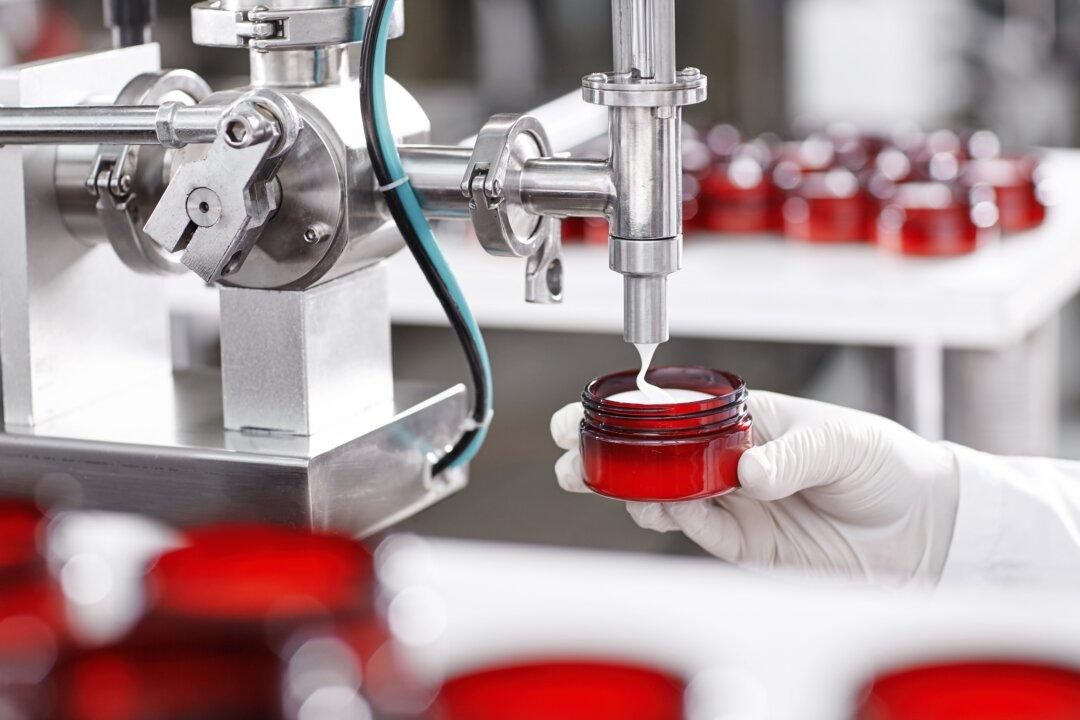Source of Plastics We Eat
The sources of the microplastics that people regularly ingest are common food and beverages. Drinking water is the largest global source of microplastics, a study on bottled water found. All samples that researchers tested contained plastic. The samples came from around the world. Some places have more microplastics. American and Indian tap water had twice as much as European or Indonesian water.
Shellfish accounts for up to 0.5 grams a week. The reason is that shellfish are eaten whole, and their digestive systems may contain the plastic they ingested. The world’s oceans are filled with plastic pollution. There is a plastic gyre in the Pacific Ocean the size of Texas.
Effects of Eating Microplastics
The effects of ingesting microplastic on human health are not fully known, but experts suspect that there is more of an impact than is understood currently. However, studies have found that beyond particular exposure levels of plastic fibers, mild inflammation of the respiratory tract occurs. There are types of plastic that contain chemicals and additives that can affect human health.





